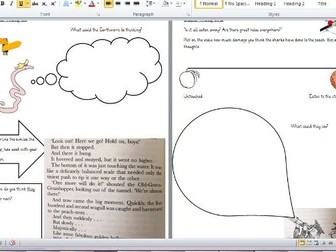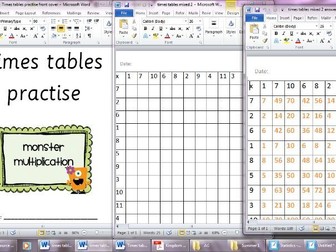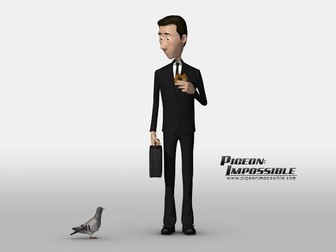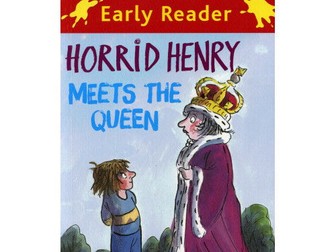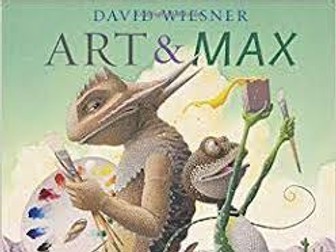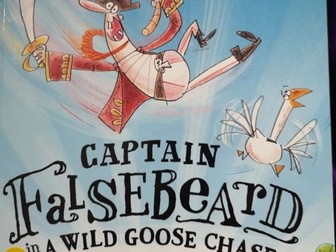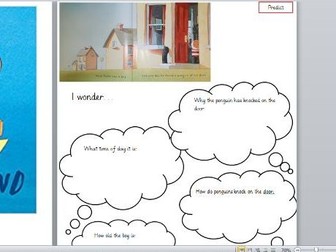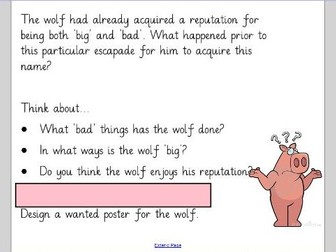
James and the Giant Peach Guided Reading
Guided Reading unit of work for James and the Giant Peach. Made for a Year 3 class but can easily be accessed/tweaked to be used in other year groups (KS2).
Uses a mixture of children reading and listening to the teacher reading out loud (so LA readers can also access it). Activities have a range of sequencing events, inference style questions, imaginative drawing and lots more.
The symbols are from our school Guided Reading policy and indicate the style of question - includes using background information to connect to the text, visualising, prediction/I wonder style questions, think like a detective inference skills, building the gist and vocabulary checks.
Includes a pupil copy and a teacher guide in which it gives guidance of where to read to in order for the children - will save a lot of time planning and preparing your guided reading sessions for a term (44 pages of activities - one page per session).
